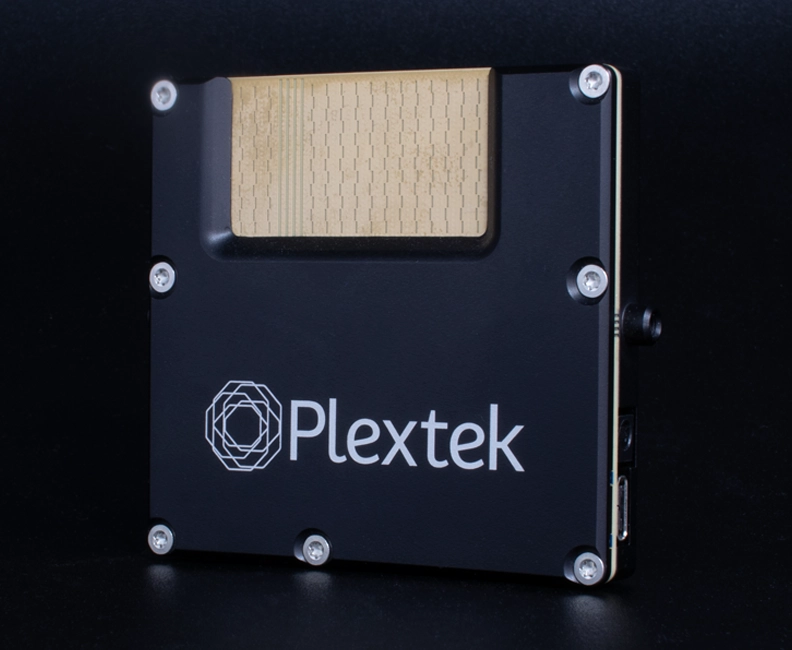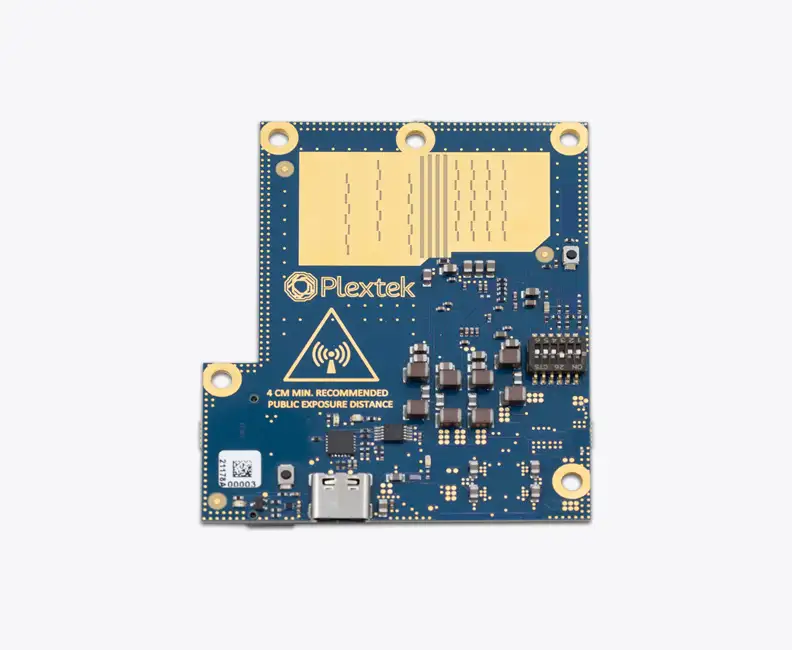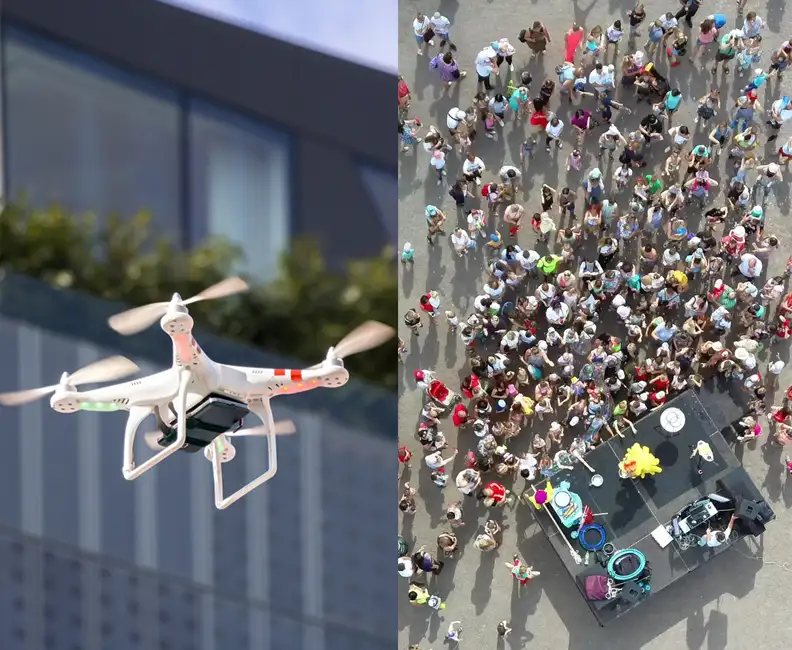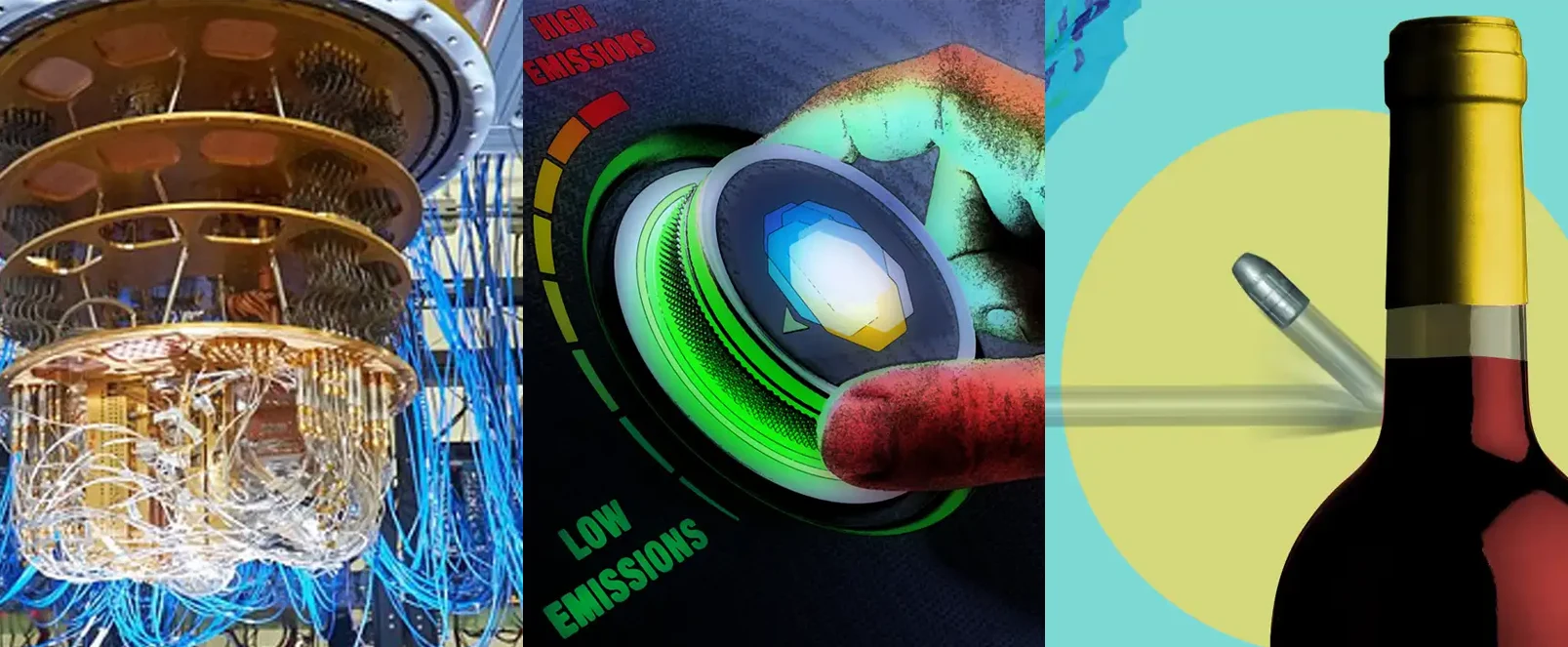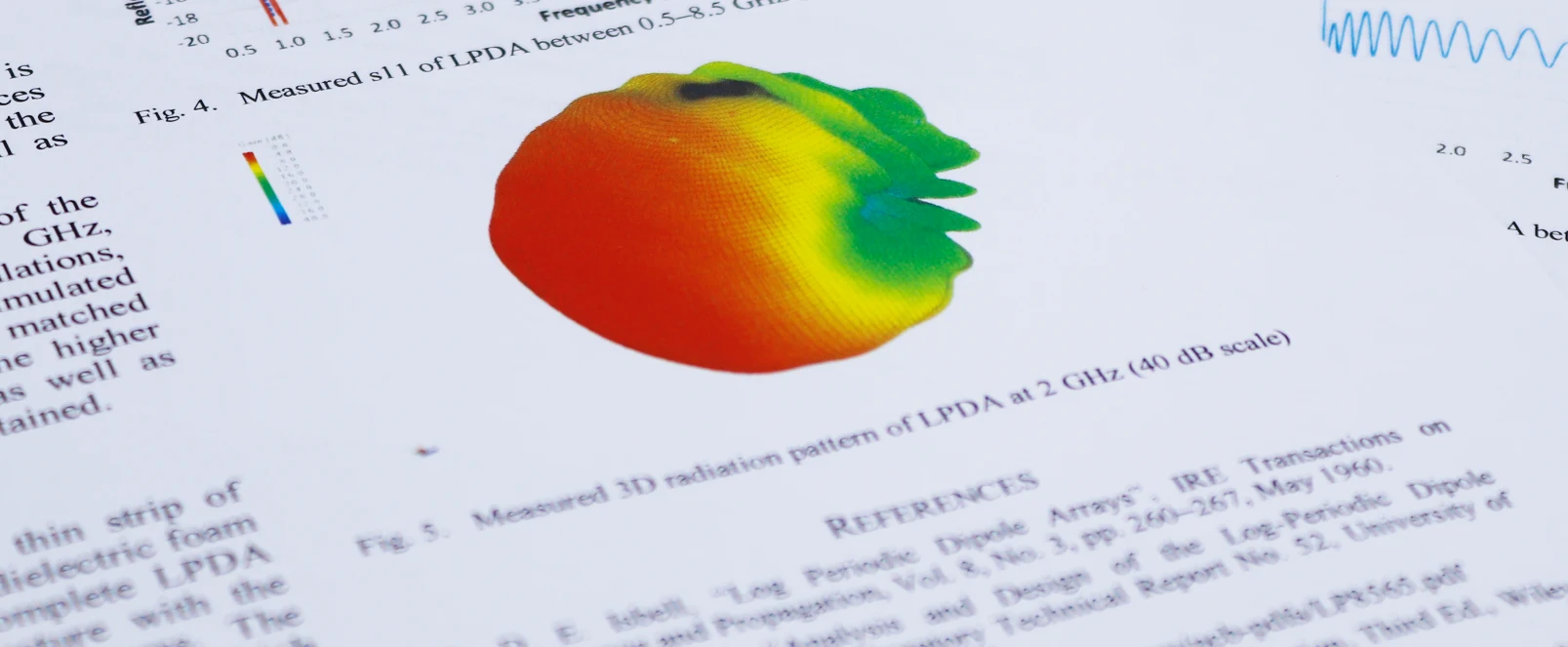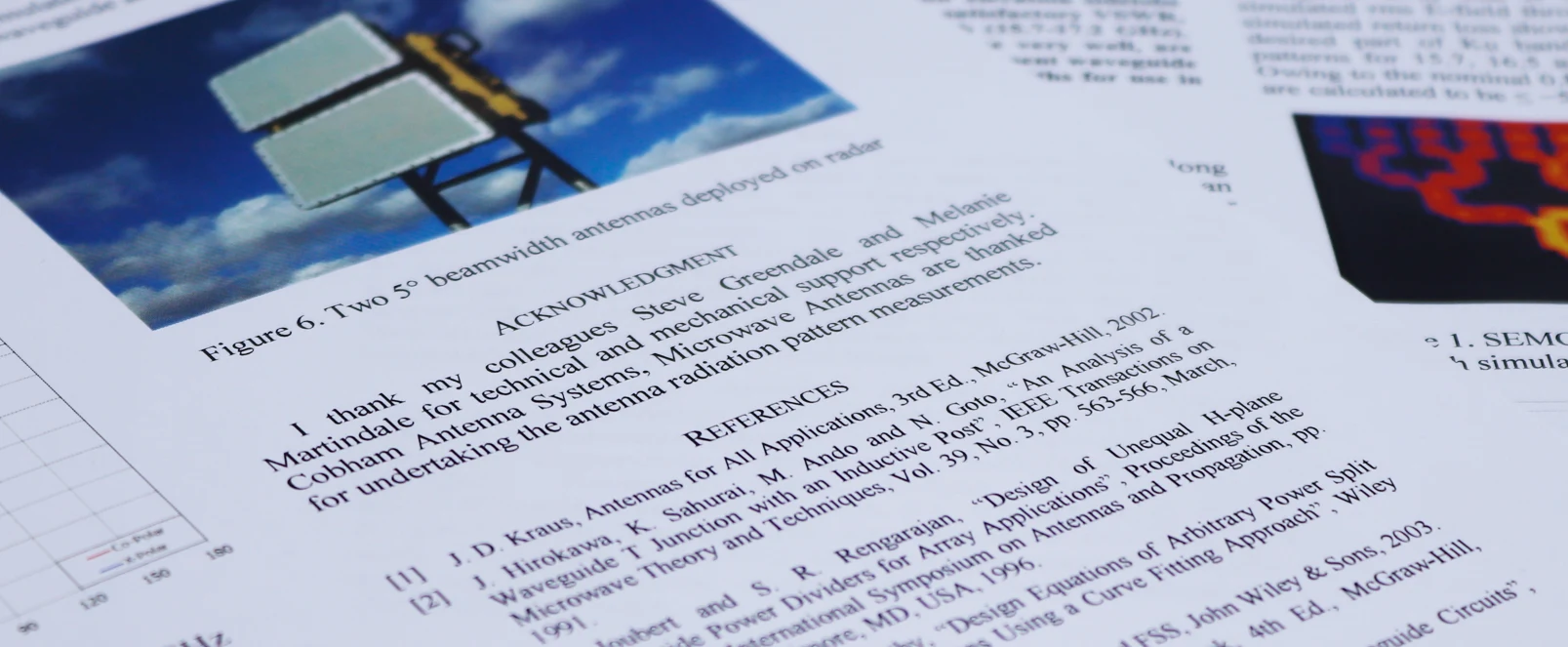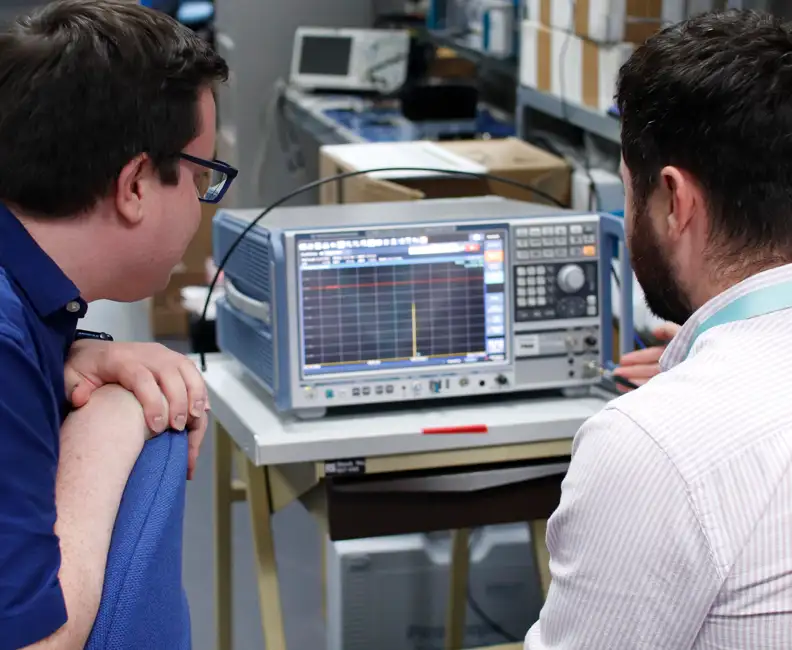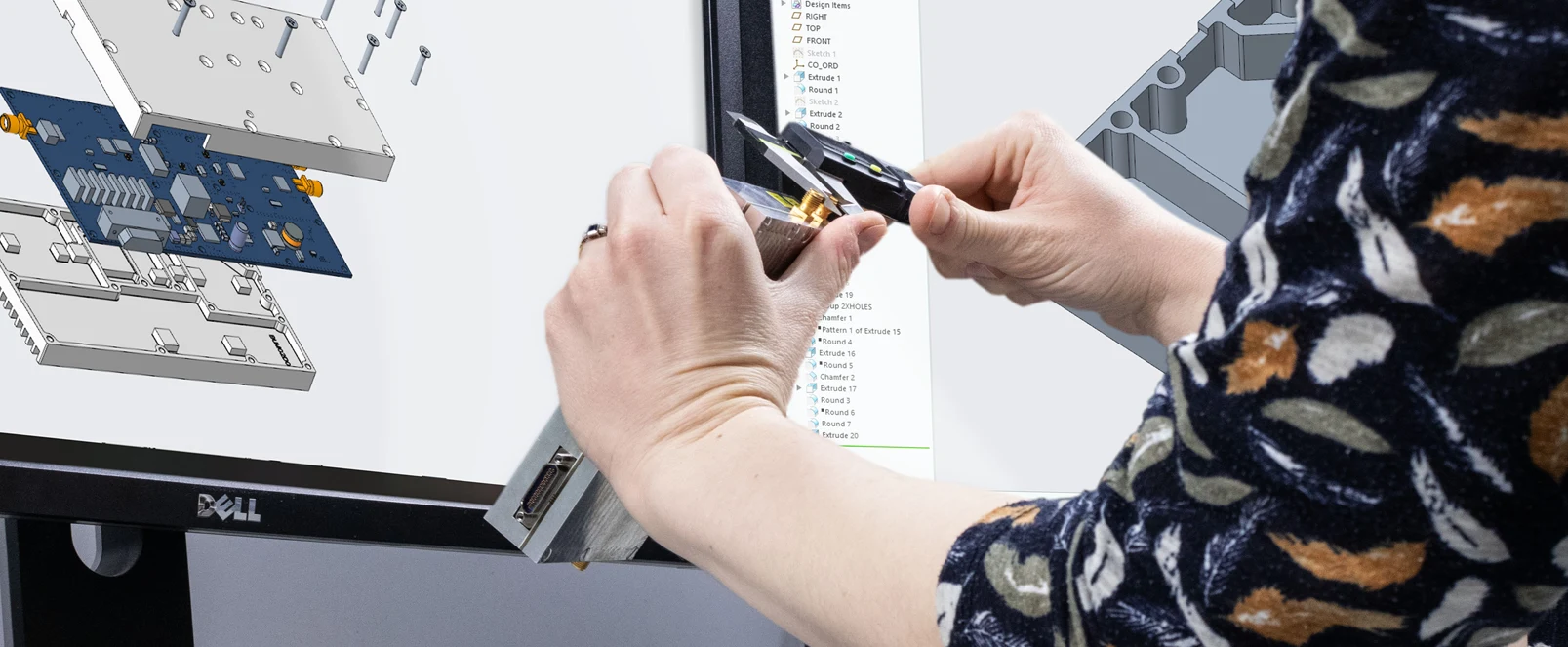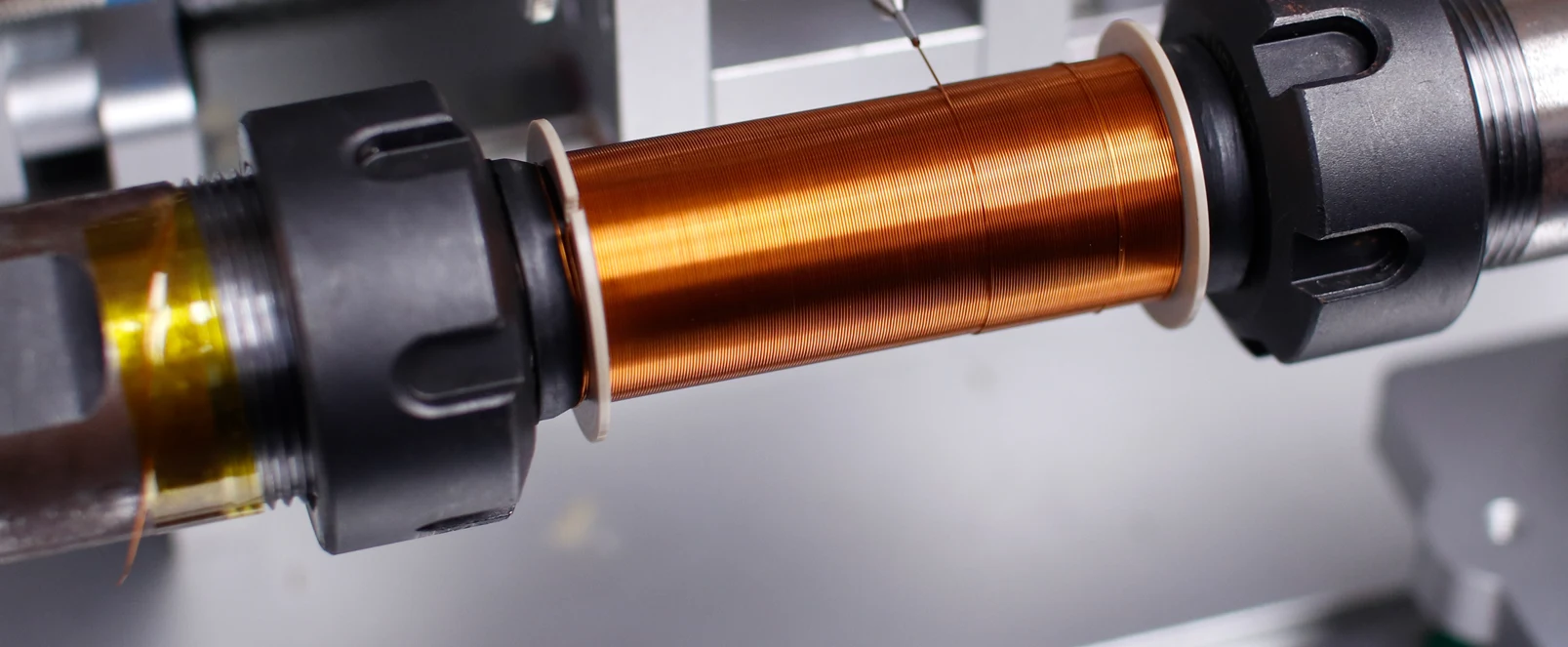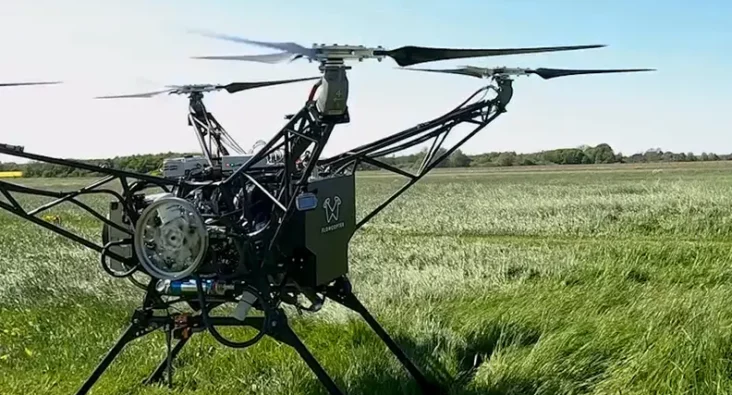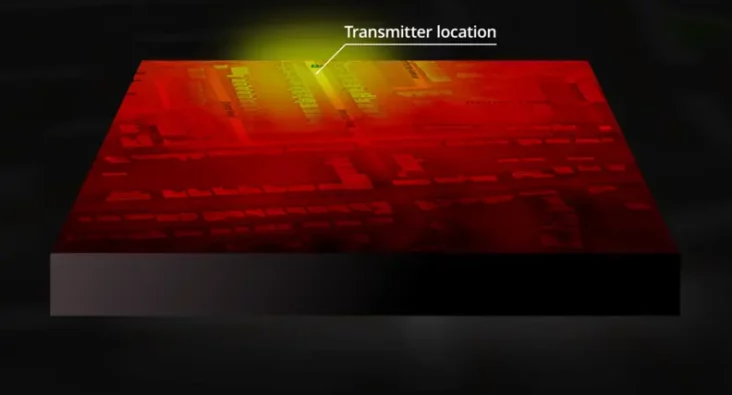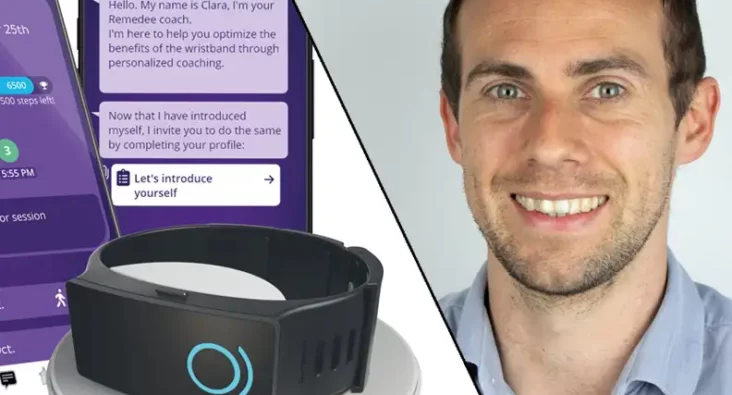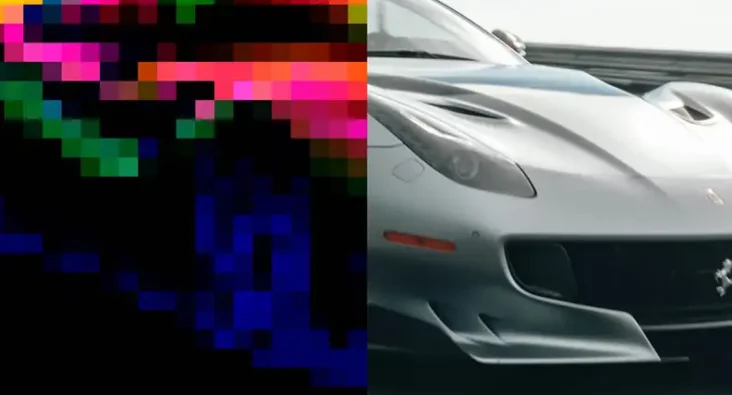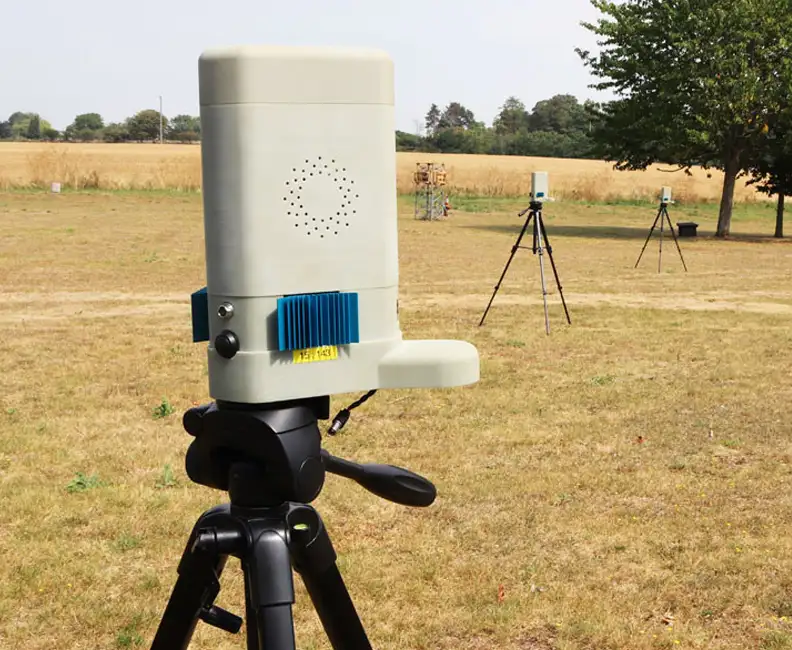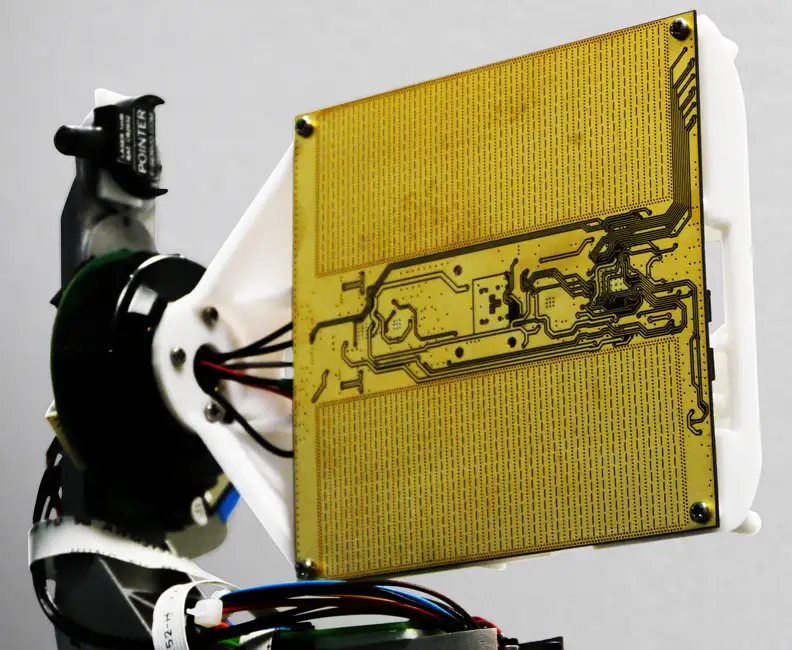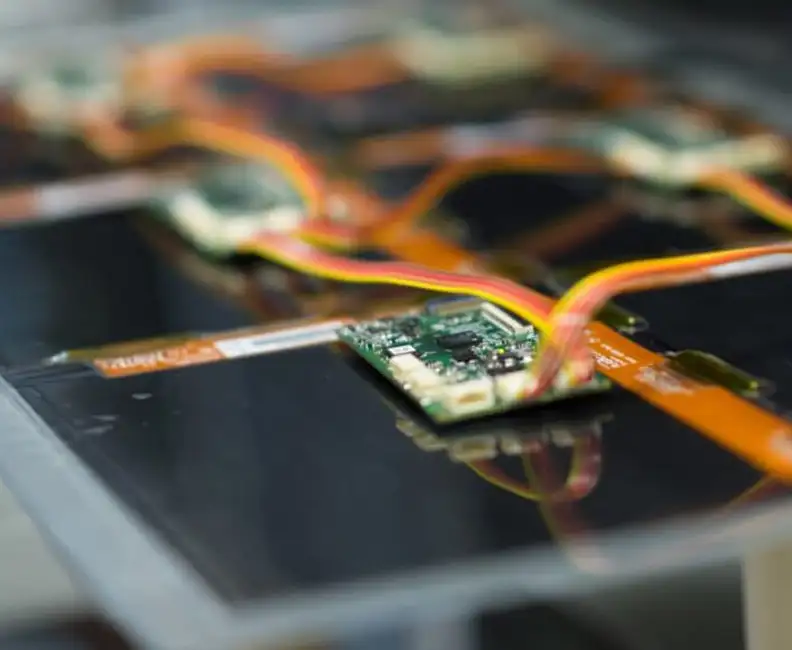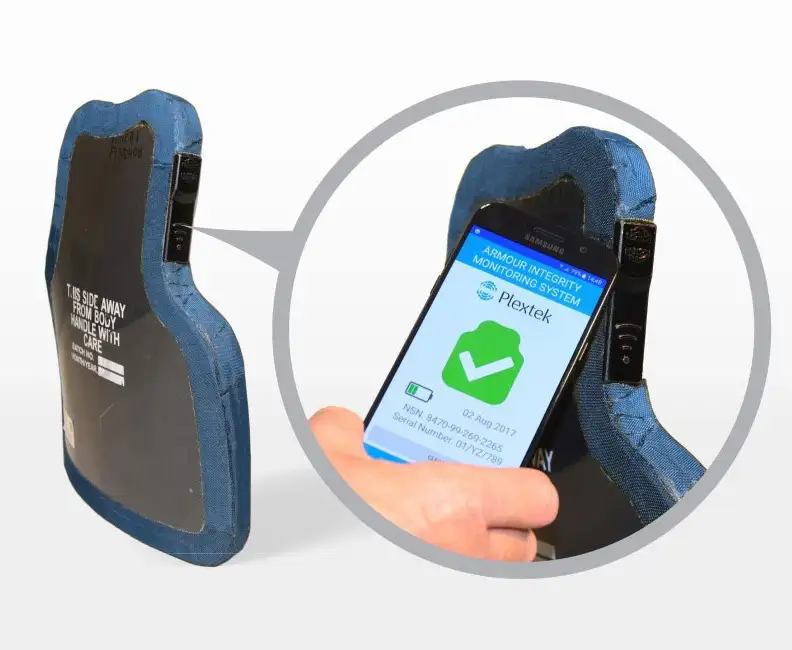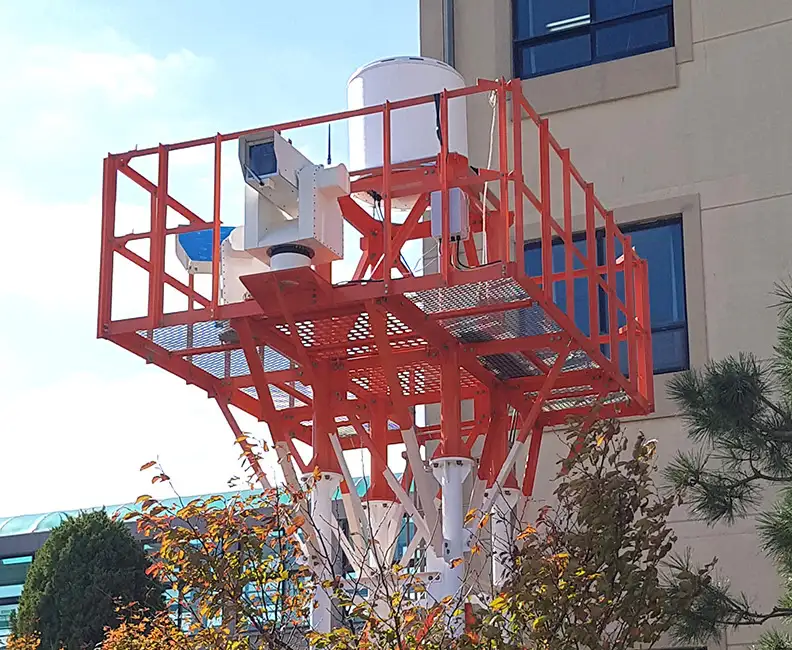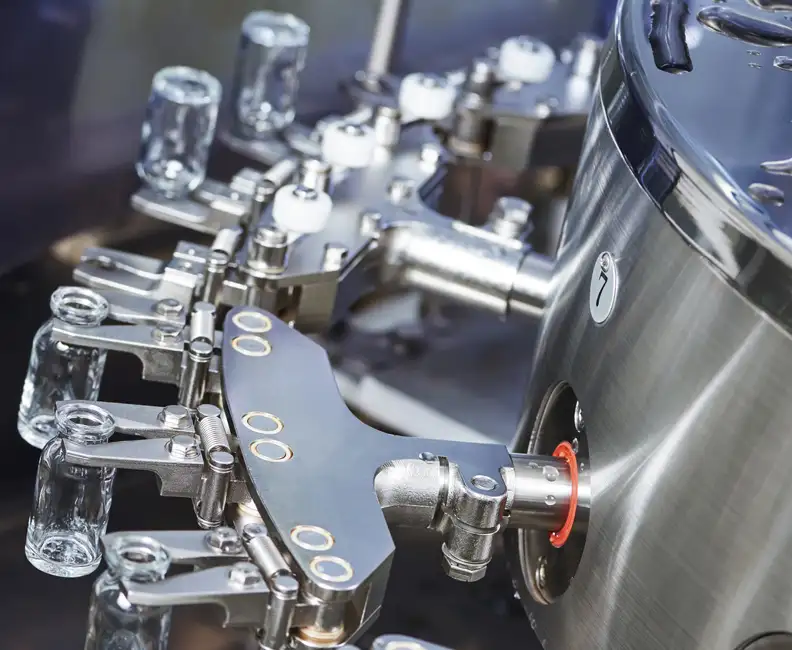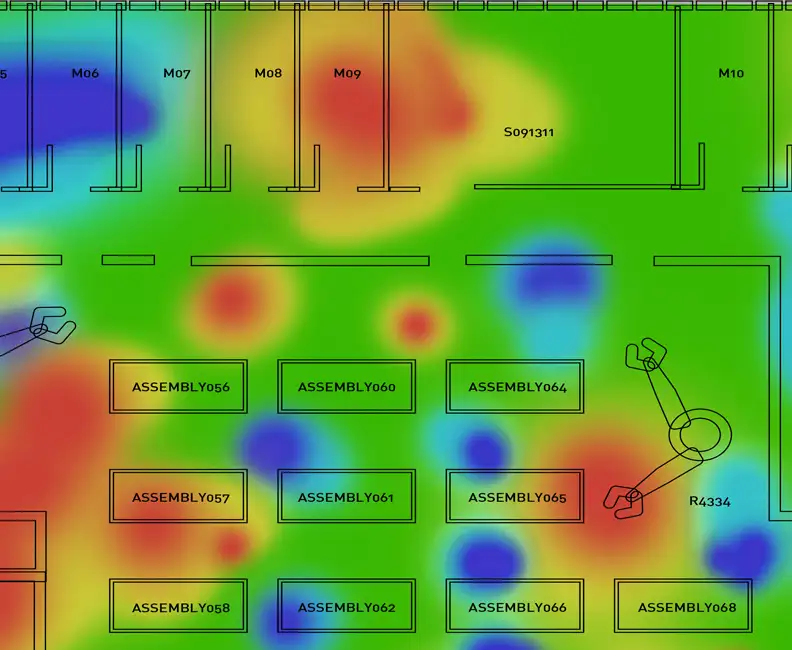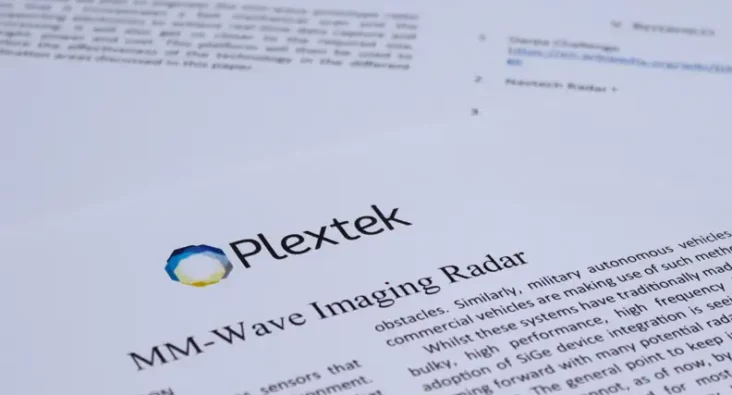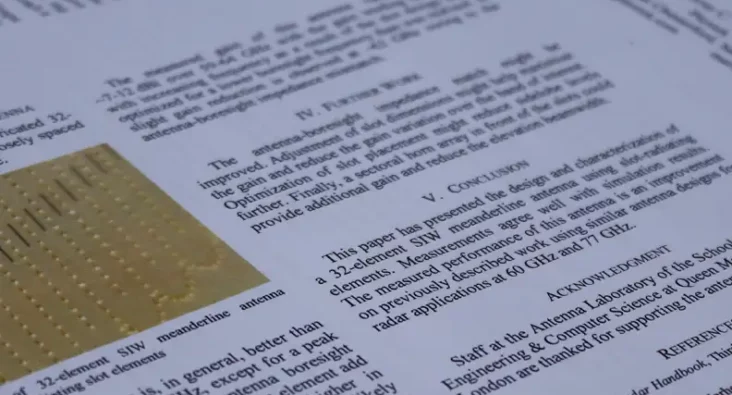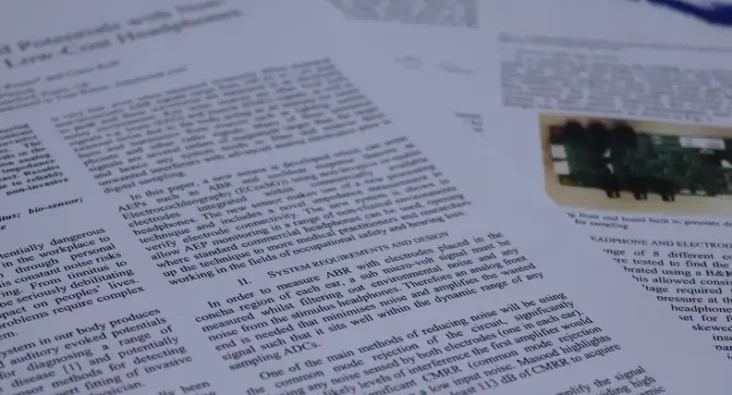
Written by Nick Thornton
Senior Graphic Designer
Car-ma chameleon
Nick Thornton, Plextek designer, discusses his favourite innovation at CES “the the most powerful tech event in the world” and how e-ink has evolved from paper to cars!
I have a keen interest in evolutionary technology that will take the human race forward. I follow with keen interest the latest advancements in renewable energy and what’s hot in medical research.
I’m lying. It’s just not ‘James Bond’.
Working at Plextek can feel like working at Q-Branch. When I joined, I was shown a diverse set of innovative projects. I was amazed at the tech being worked on by my brilliant colleagues. One project caught my imagination: Adaptive Camouflage for vehicles.
The idea is ‘simply brilliant’. The Plextek team added panels to a vehicle and with the same technology as Amazon’s Kindle e-reader – it utilises flexible electrophoretic display technology (E- Paper) to provide a vehicle with an adaptive camouflage capability. The displayed scheme can be rapidly updated to best match the surrounding backdrop, making it fully adaptive.
I immediately thought of the Aston Martin Vanquish that ‘disappears’ in the James Bond film ‘Die Another Day’.
During the demonstration the panels were also used to display messages. These could be useful road signage, or other helpful information. This is flexible display that presents an image indefinitely without requiring power meaning it is adaptable for various environments and was originally designed for an agile security or humanitarian unit. This made me think of commercial applications including most obviously advertising on commercial vehicles, much like the old advertising hoardings around football grounds that have now been replaced by screens. Or how about racing cars. Their position in the race and other information could be displayed on the vehicle for spectators. My design and marketing brain was in overdrive (pun intended).
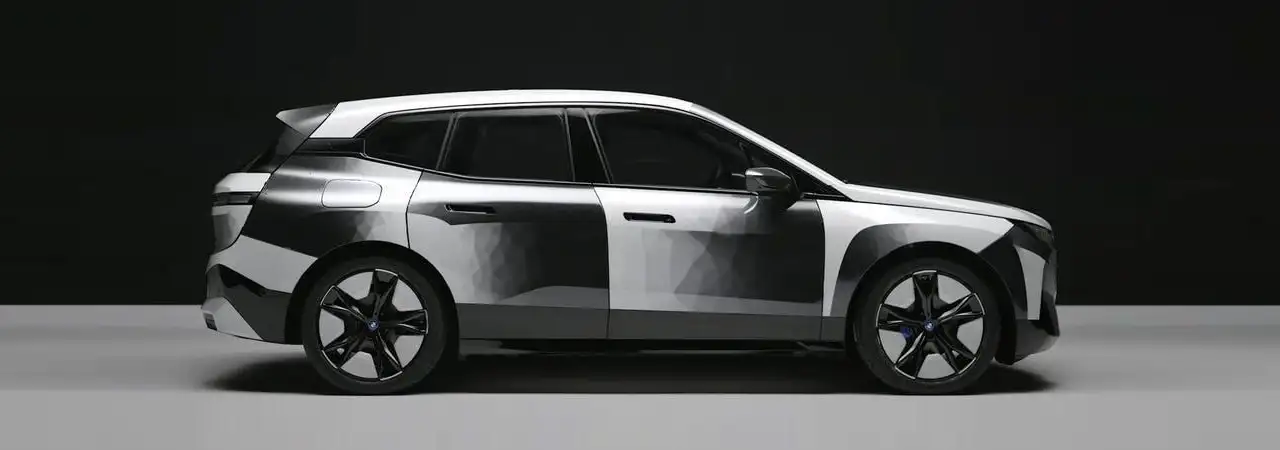
Fast forward to CES, and BMW have taken the same idea and applied it to a concept vehicle – its all-electric iX SUV model. As BMW say:
“The body is laminated with an electrophoretic film containing microcapsules the diameter of a human hair. Each capsule contains differently charged white, black or coloured particles which become visible when an electric field is applied”
It’s certainly one of the stars of the show for me and has caught the imagination of all those that have seen it. My mind went straight to what a scene could be in the next James Bond film: Bond escaping whilst being pursued by changing the colour of his car, or even camouflaging his car into his surroundings. New Bond, new car! Bring it on!
If you’d like to learn more about this technology you can contact one of our not-so-secret agents.
Downloads
View All Downloads- PLX-T60 Configurable mmWave Radar Module
- PLX-U16 Ubiquitous Radar
- Configurable IOT Framework
- MISPEC
- Cost Effective mmWave Radar Devices
- Connected Autonomous Mobility
- Antenna Design Services
- Drone Sensor Solutions for UAV & Counter-UAV Awareness
- mmWave Sense & Avoid Radar for UAVs
- Exceptional technology for marine operations
- Infrastructure Monitoring






